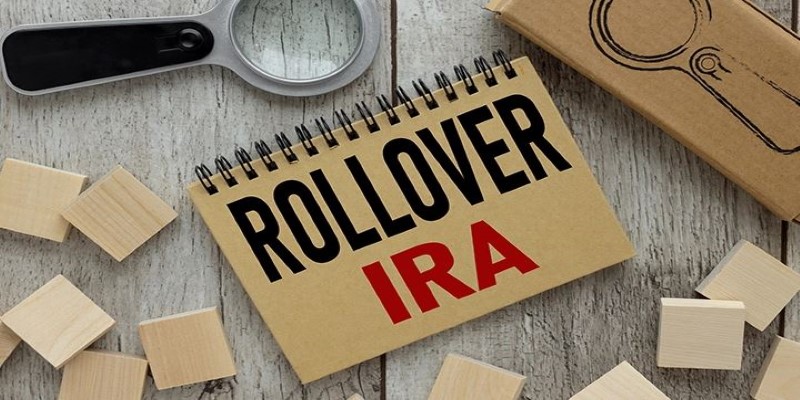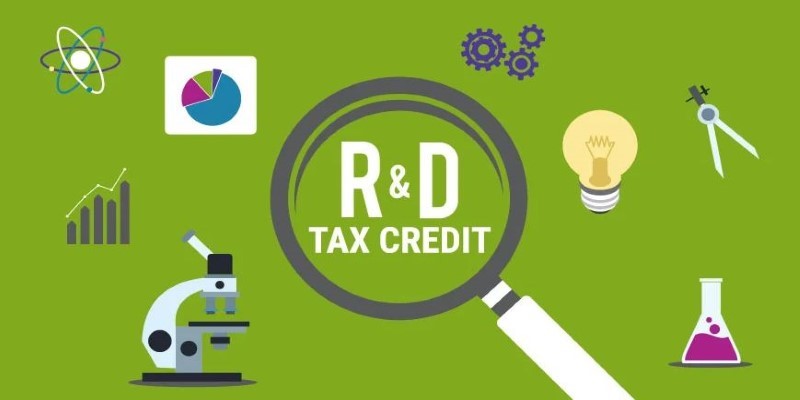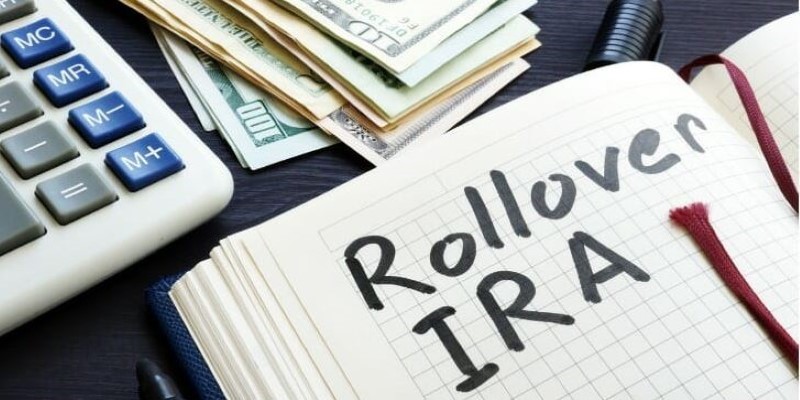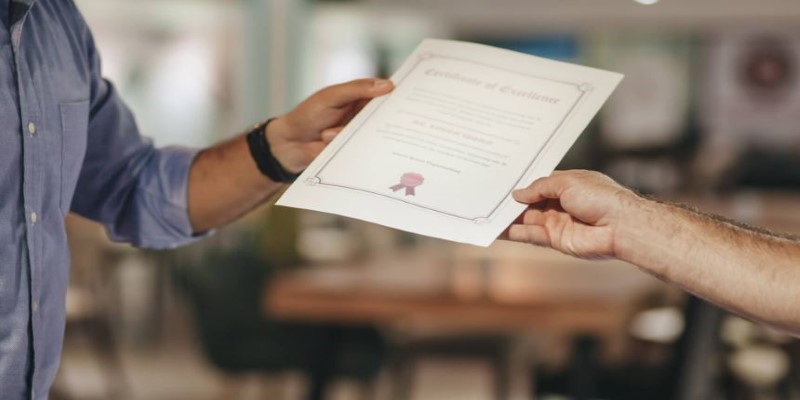Retirement planning isn’t just about saving—it’s about making smart moves with the money you’ve already earned. If you have a pension, you might be wondering whether it’s best to leave it as is or take control by rolling it into an IRA. While the idea of transferring your hard-earned retirement funds might sound complicated, it doesn’t have to be.
A well-planned rollover can give you more investment choices, greater flexibility, and potential tax benefits. The key is knowing how to do it the right way to avoid costly mistakes. Let’s break it down into simple, no-nonsense steps to help you decide.
Understanding the Pension Rollover Process
The pension rollover is not very difficult, but you must do things in the right order to evade tax penalties. The first thing to know is that there are two main types of rollovers: direct rollovers and indirect rollovers.
A direct rollover is the easiest and safest route. Your pension company sends the funds directly to your IRA, so you never have to contact it. This approach bypasses any up-front taxes or penalties, so it's the best for most individuals.
An indirect rollover, on the other hand, involves your pension sponsor mailing you a check for the amount of your pension. Then, you must deposit those funds into an IRA within 60 days. If you are late, the IRS considers it a withdrawal, and you may be taxed and penalized. Furthermore, when doing an indirect rollover, your pension sponsor will withhold $20 for taxes. If you would like to roll over the entire amount, you will have to fund that 20% yourself and then recoup it later when you are doing your taxes.
To initiate the process, telephone your pension company and inquire about your rollover options. Some pensions let you take the lump sum rollover, though others might prohibit it. Upon confirming the details, set up an IRA in case you have not already established one. Either a traditional or Roth IRA could be your preferred choice based on your tax decision. Next, initiate a direct rollover and give your IRA account information for a seamless conversion.
Tax Implications and IRA Transfer Rules
Taxes play a big role when rolling over a pension into an IRA. If you’re transferring funds to a traditional IRA, the rollover is tax-free because both accounts follow the same tax rules—you pay taxes when you withdraw the money in retirement.

However, if you choose a Roth IRA, you’ll owe taxes on the amount you transfer. That’s because Roth accounts are funded with after-tax dollars, meaning withdrawals later in life will be tax-free. Converting a pension to a Roth IRA can be a good move if you expect to be in a higher tax bracket later, but it’s important to prepare for the immediate tax hit.
Another rule to be aware of is the required minimum distribution (RMD). Traditional IRAs require you to start withdrawing a certain amount each year after reaching age 73. Roth IRAs, however, have no RMDs, making them a better choice if you want to keep your money invested for as long as possible.
Choosing the Right IRA for Your Needs
Deciding between a traditional IRA and a Roth IRA depends on your current and future tax situation. If you expect to be in a lower tax bracket in retirement, a traditional IRA may be the better choice since you defer taxes until withdrawal. On the other hand, if you believe tax rates will rise or your income will be higher in the future, a Roth IRA might save you money in the long run.
Investment options also differ depending on the IRA provider you choose. Unlike a pension, which your employer typically manages, an IRA lets you invest in a broad range of assets, including stocks, bonds, mutual funds, and real estate investment trusts (REITs). If you want hands-on control, look for an IRA provider that offers a variety of investment choices.
Avoiding Mistakes in the Rollover Process
A pension rollover can be an excellent financial move, but there are some common mistakes to avoid. The biggest mistake is choosing an indirect rollover instead of a direct one. Indirect rollovers come with risks, including the 60-day rule and automatic tax withholding. Unless you have a specific reason to do so, always opt for a direct rollover.

Another mistake is failing to consider the tax consequences of a Roth conversion. If you move funds from a pension to a Roth IRA without planning for the tax bill, you might end up with a bigger financial burden than expected. It’s wise to calculate how much you’ll owe and set aside money to cover the taxes before making the switch.
Lastly, don’t ignore the investment aspect of your IRA. Some people roll over their pension into an IRA but never actively manage their investments, leaving the money in low-interest cash accounts. Make sure you allocate your funds wisely based on your retirement goals and risk tolerance.
Conclusion
Rolling over a pension into an IRA offers more control, better investment choices, and potential tax advantages. By opting for a direct rollover, you can avoid unnecessary tax penalties and ensure a smooth transition. Choosing between a traditional or Roth IRA depends on your tax strategy and long-term goals. Planning can help you maximize benefits while avoiding common mistakes like missed deadlines or tax surprises. With the right approach, you can take charge of your retirement savings, making informed decisions that align with your financial future. A well-executed pension rollover can set you up for long-term security and flexibility.












